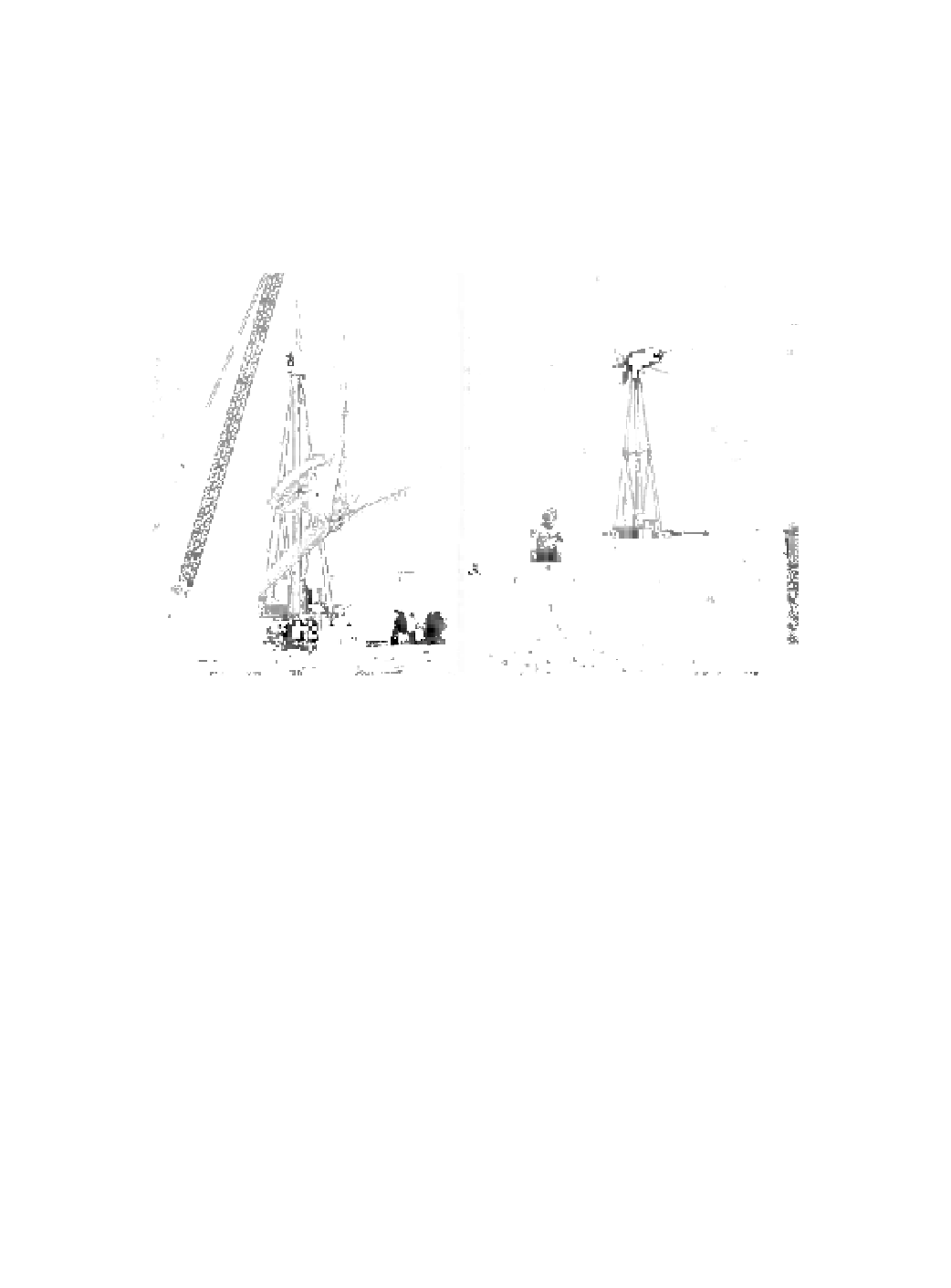Environmental Engineering Reference
In-Depth Information
Beuse asked whether this was a case of manipulation with state
support, and he saw this partly state-owned company as a threat
to the other twenty windmill factories. But his worries turned out
to be superfluous. The DWT products performed too badly and
looked wrong, so no one wanted to buy them. At the technical school
in Tønder 10 diferent windmills had been erected for teaching
purposes. “We'll say‚ 'no, thanks,' to the DWT 15 kW, even as a gift,”
said
Jens Jensen
from Rejsby, then president of the school's board.
Figure 7.14
One of the peculiar concepts within the DWT program was the
265 kW downwind windmill. The prototype was installed in
Koldby, close to the North Sea.
The windmill had been subject to comprehensive testing
at Risø who gave this state-sponsored windmill a good rating
of performance; however, its possible virtues did not convince
potential customers and the interest soon vanished completely.
During the following years DWT had a turbulent existence.
ASEA pulled out, and SEAS, a local utility company joined in, and
everybody lost money on this afair. Not until the company was
made part of Vestas was any progress made. Vestas made use of the
name, became Vestas Danish Wind Technology and took over the
big manufacturing halls in Viborg, which they used for a number
of years.


Search WWH ::

Custom Search